Women in computer science: Eight pioneers who lit up the world of coding
By Mathures Paul
Published:1 May 2025, 10:00PM
Updated:1 May 2025, 10:03PM



Silicon Valley companies continue to have a gender and diversity problem in their workforce, though it’s not as bad as it was a few decades ago. It’s a strange problem to have because some of the pioneering names in computer science have been women.
Susan Kare: Pixel Queen
Her work on the user interface has touched everyone. Icons to graphics, her work with Apple, Facebook, IBM and Microsoft is iconic enough to have earned her the Lifetime Achievement Award from the Cooper Hewitt, Smithsonian Design Museum.
She is the person who gave the Macintosh “a smile”. A young sculptor, she went to work for Apple in 1983 after receiving a call from an old friend asking if she would be interested in applying for a job creating graphics and typefaces for a computer that the Steve Jobs-led company was planning to release in 1984. Her business cards read “HI Macintosh Artist”.
Despite being unfamiliar with designing typeface, she picked up the necessary skills and went about creating the first font family for the Macintosh system. The task before her was to ensure a clean but eye-catching font.
Kare has her mother to thank, who taught her how to do counted-thread embroidery, which gave her the basic knowledge to create icons.
Primitive CRT monitors needed an innovative solution. Andy Hertzfeld, then lead software architect for Macintosh, suggested that she use the smallest graph paper she could find, and then she blocked out a 32-by-32 square and began colouring in squares to create the graphics.
In an interview with Alex Pang in 2000, she said: “When I went to Macintosh, there wasn’t really an icon editor, but there was a way to turn pixels on and off. I did some work on paper, but obviously, it was much better to see it on the screen, so there was a rudimentary icon editor. First, they showed me how I could take the art and figure out the hex equivalent so it could be keyboarded in. Then Andy (Hertzfeld) made a much better icon editor that automatically generated the hex under the icons. That was how I did the first ones. I think I did the fonts that way, going letter by letter before we had a font editor.”
Her first Macintosh designs were the Elefont, Overbrook, Merion, Ardmore and Rosemont typefaces, which were later named after Chicago, London, New York, and other world cities.
“The first thing I did in a seven pixels wide, nine pixels high typeface Chicago, that I tried to make bold and not have jagged edges. The typeface Chicago ended up in the title bars. And it ended up having a bit of another life in the first iPod,” she said.
She also designed the icon for a system crash. “I designed this image as a bomb because I was told they would never be seen by anyone. So I thought I could be a little irreverent. But unfortunately, that was not the case. But the programmers truly thought at the time, they would be deeply hidden.”
What she created is legendary — bomb with the fuse, the clock, the floppy disk, and the wastebasket.
Look at your Mac keyboard and the symbol for the command key — a loop square. It has its origins in ancient Scandinavia and later served as a marker for landmarks.
In 1986, she joined NeXT, which Steve Jobs founded after an unceremonious exit from Apple in the 1980s. She was the creative director and 10th employee. Here she introduced Jobs to her design hero Paul Rand.
Her work for Microsoft is also the stuff of legend. In 1987, she designed a “baroque” wallpaper and numerous other icons for Windows 3.0. Many of her icons, like for Notepad and various Control Panels, remained unchanged until Windows XP. She also designed the deck of cards for the Microsoft’s Solitaire, launched with Windows 3.0.
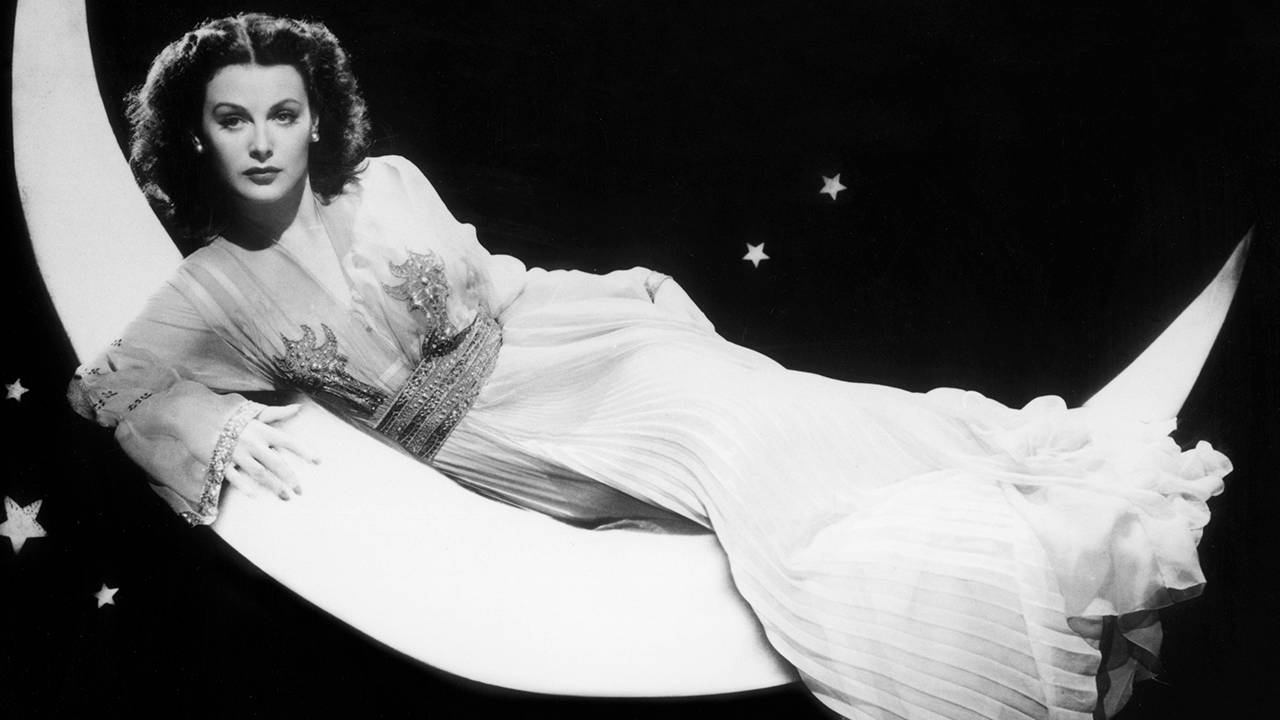
Hedy Lamarr: Mother of Wi-Fi
Hedy Lamarr was considered a “temptresses” in Hollywood films in the 1930s and 40s, especially as Delilah vamping Victor Mature’s Samson. Lamarr had a secret — she was a brilliant inventor.
Between takes, she spent time in her trailer thinking about the next invention. Her failed experiments include effervescent cola tablets, and her successes include streamlining Howard Hughes’s racing aeroplane.
What is perhaps her greatest scientific triumph was meant for the US navy but is now used in modern wireless communication. Her “secret communication system” used “frequency hopping” to guide radio-controlled missiles underwater, so that it remains undetectable by the enemy. She developed it with a friend, the composer George Antheil. The patent was granted in 1942. An update of their design was used on navy ships during the Cuban Missile Crisis.
It would be wrong to say that she invented Wi-Fi, but frequency hopping played an important role towards the development of Wi-Fi, Bluetooth and GPS.
The actress kept making films and during the peak of her career, the press focused on her love life… not her inventions.
Her work as an inventor was barely spoken about in the 1940s, and her inventions didn’t become widely known until near the end of her life. Lamarr’s daughter, Denise Loder, has said that her mom and Bette Davis were two of the first women to own production companies and to tell stories from a female perspective.
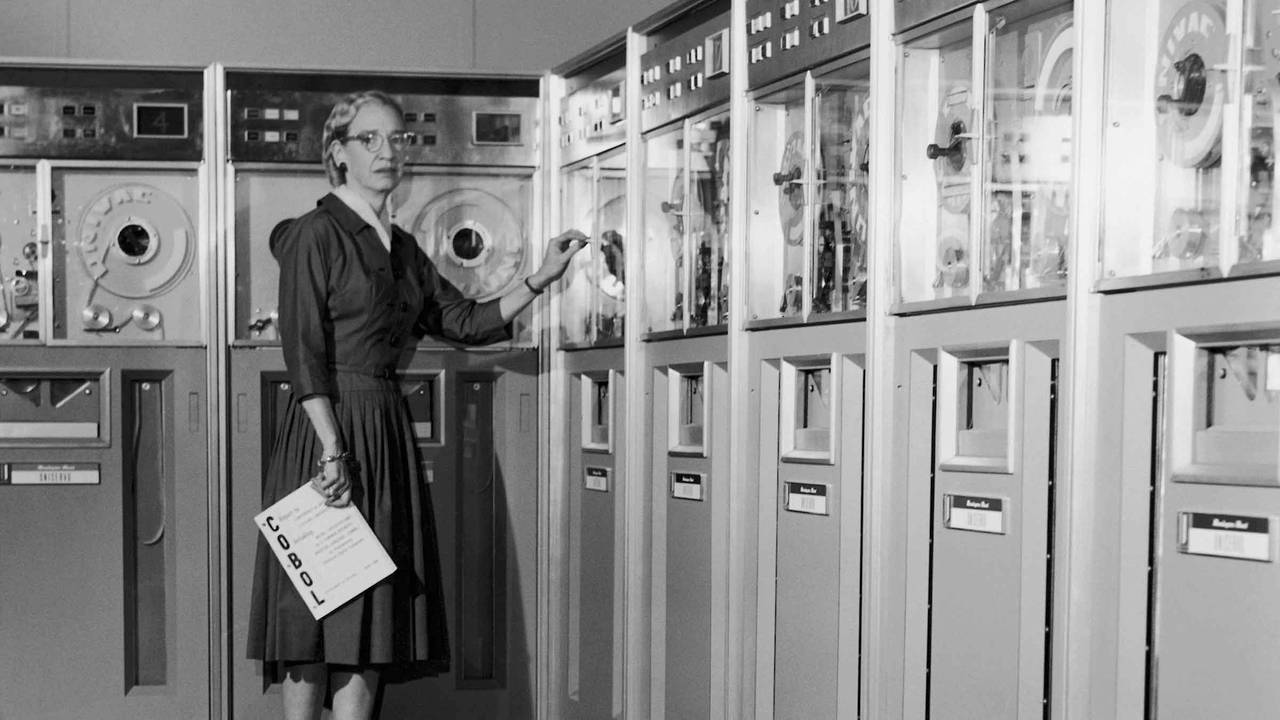
Grace Hopper: Grandma COBOL
A navy admiral, Grace Hopper’s programming skills will not be forgotten.
In 1952, she invented a compiler that translated English into computer code, which made way for the creation of programming languages Fortran (Formula Translator) and COBOL (Common Business-Oriented Language).
COBOL helped take computers from the realm of mathematics into the world of business. In fact, some businesses still use the language, and experts continue to be in great demand.
In the 1950s, Hopper was a founding member of the Society of Women Engineers. In 1991, on receiving what was then the National Medal of Technology from US President George H.W. Bush, she said: “If you ask me what accomplishment I’m most proud of, the answer would be all the young people I’ve trained over the years; that’s more important than writing the first compiler.”
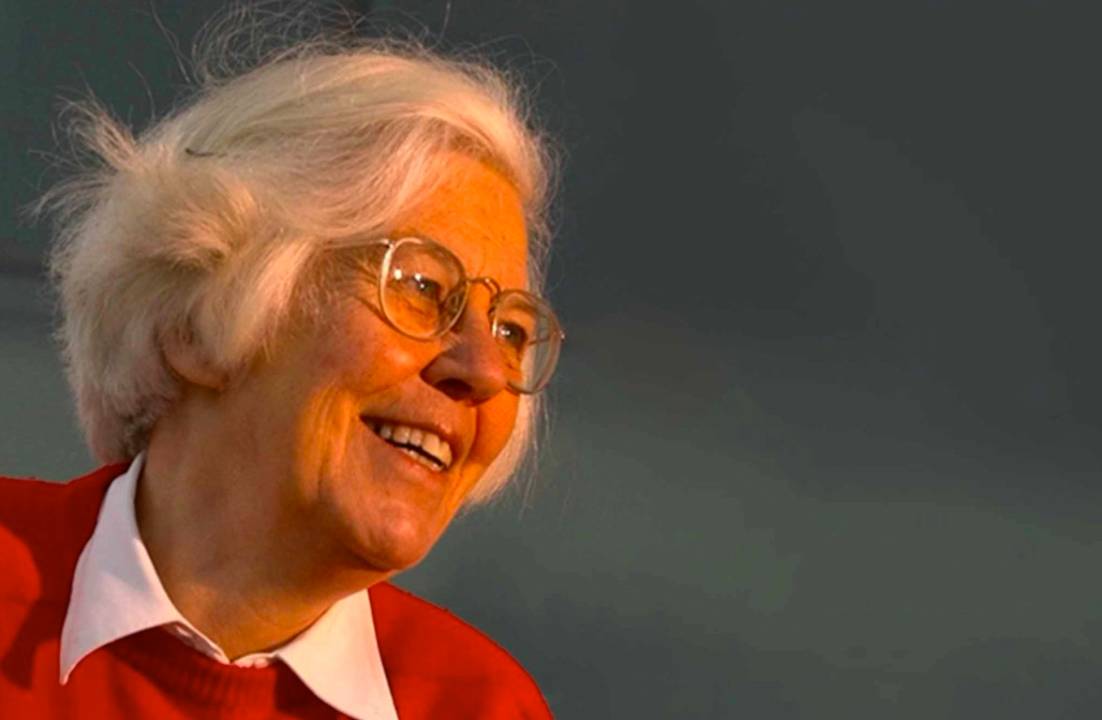
Karen Sparck Jones: Search engine enabler
At a time when scientists were encouraging people to use code to talk to computers, Karen Sparck Jones taught computers to understand human language instead, thus establishing the technology that forms the foundation of search engines like Google.
Born in Huddersfield to a Norwegian mother who fled to England during the Second World War, she held a history degree at Cambridge’s Girton College, followed by a stint as a schoolteacher. Then she took a leap… towards computer science. She was encouraged by husband’s (Roger Needham) work at the Cambridge Language Research Unit. After working at the Cambridge Language Research Unit, she joined the Cambridge University Computer Laboratory in 1974.
She decided to retain her name after marriage. In 1958, she said: “It maintains a permanent existence of your own.”
She took great interest in natural language processing (NLP) and information retrieval. Jones wanted to programme a computer to understand words like “field” that can have many meanings. It made her take on the task of programming a massive thesaurus — the beginning of NLP as we know it today.
The 1970s saw her come up with concepts of inverse document frequency (IDF) and index-term weighting. She melded statistics with linguistics to come up with formulas that mirror principles for how computers could interpret relationships between words.
“Anything that does index-term weighting using any kind of statistical information will be using a weighting function that I published in 1972,” she said in an interview with the British Computer Society.
In the 1980s, she began work on early speech recognition systems. Yet, her love for the arts never diminished. Her home in Coton was full of books, art and found items, like an interesting piece of driftwood or a Victorian-era knife grinder. She and her husband spent time sailing. They restored an 1872 vintage sailboat called Fanny of Cowes and raced it against other old boats along the east coast of England.
Her slogan: “Computing is too important to be left to men.”
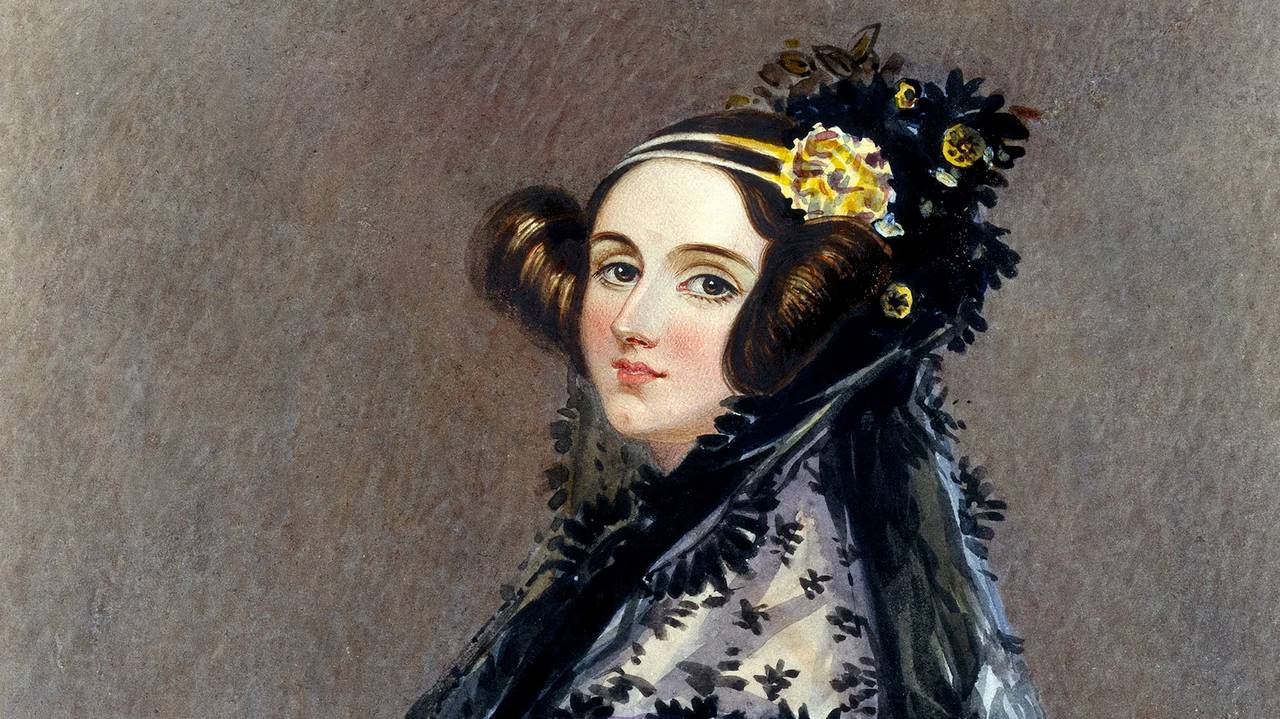
Ada Lovelace: Enchantress of Numbers
During her short time on earth, Ada Lovelace’s work on Charles Babbage’s Analytical Engine has led her to be considered the person who first saw the potential of computing for general programming beyond simple calculations.
The daughter of poet Lord Byron was tutored by Mary Fairfax Somerville, a noted 19th-century scientific writer, and Augustus De Morgan, logician and mathematician. In June 1833, she was introduced to noted British mathematician and inventor Charles Babbage.
In 1812, Babbage had the idea for the Difference Engine that could automatically calculate and print mathematical tables. The idea was improved upon in 1834 with his Analytical Engine, considered the first fully automatic calculating machine or computer. Lovelace’s contribution to the Analytical Engine is immense. She worked on her translation and notes for nine months between 1842 and 1843, in regular discussion with Babbage. Her notes highlighted the potential of the machine for general programming.
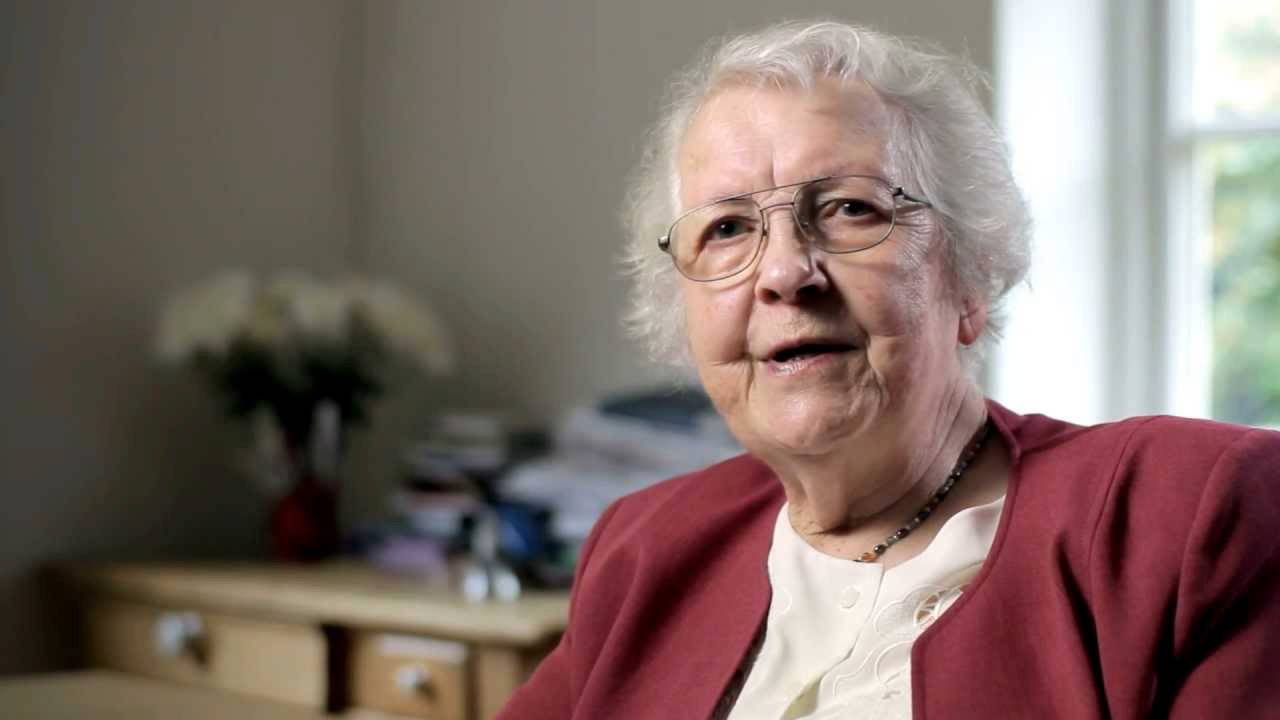
Mary Coombs: Commercial computer programmer
Mary Coombs was the first woman in the world trained to programme a computer for business applications. She worked on the Lyons Electronic Office — Leo — the computer built in the early 1950s by the catering company J. Lyons & Co to automate the back office for its national chain of 250 teashop and sales of cakes, tea and ice-cream.
She joined J. Lyons & Co in 1952 as a management trainee and was, at first, given work in the company’s statistical office operating a calculating machine. Her performance was top-notch, giving her a chance to join the Leo team.
Leo was the idea of a Lyons manager, John Simmons, who convinced the board to fund a computer for the company soon after the Second World War. It was used to take stock control, distribution, payroll and tea blending.
Coombs spent her early months with the team writing test programmes. The next task was important: Payroll for Lyons’ 10,000 employees. The programme produced payslips in pre-decimal currency, taking into account tax deductions, loans to the employee, and so on.

Carol Shaw: Game designing
More and more women are taking up video game designing. But in the 1970s there were hardly any women in the industry. An exception: Carol Shaw. The young Atari designer created a game of digital polo for a promotional campaign for Ralph Lauren.
The first commercially released game designed by a woman is believed to be her 3-D Tic-Tac-Toe for the Atari 2600. Soon after, Dona Bailey had an arcade shooter called Centipede for Atari.
At school, she excelled at maths and enjoyed playing text-based games. She went on to get a degree in computer science in the 1970s. At Atari, she also worked on other titles, like Video Checkers and Super Breakout. Later, she joined Activision and produced River Raid, the game she is known for and which won numerous awards. The game was inspired by the side-scrolling alien shooter game Scramble.
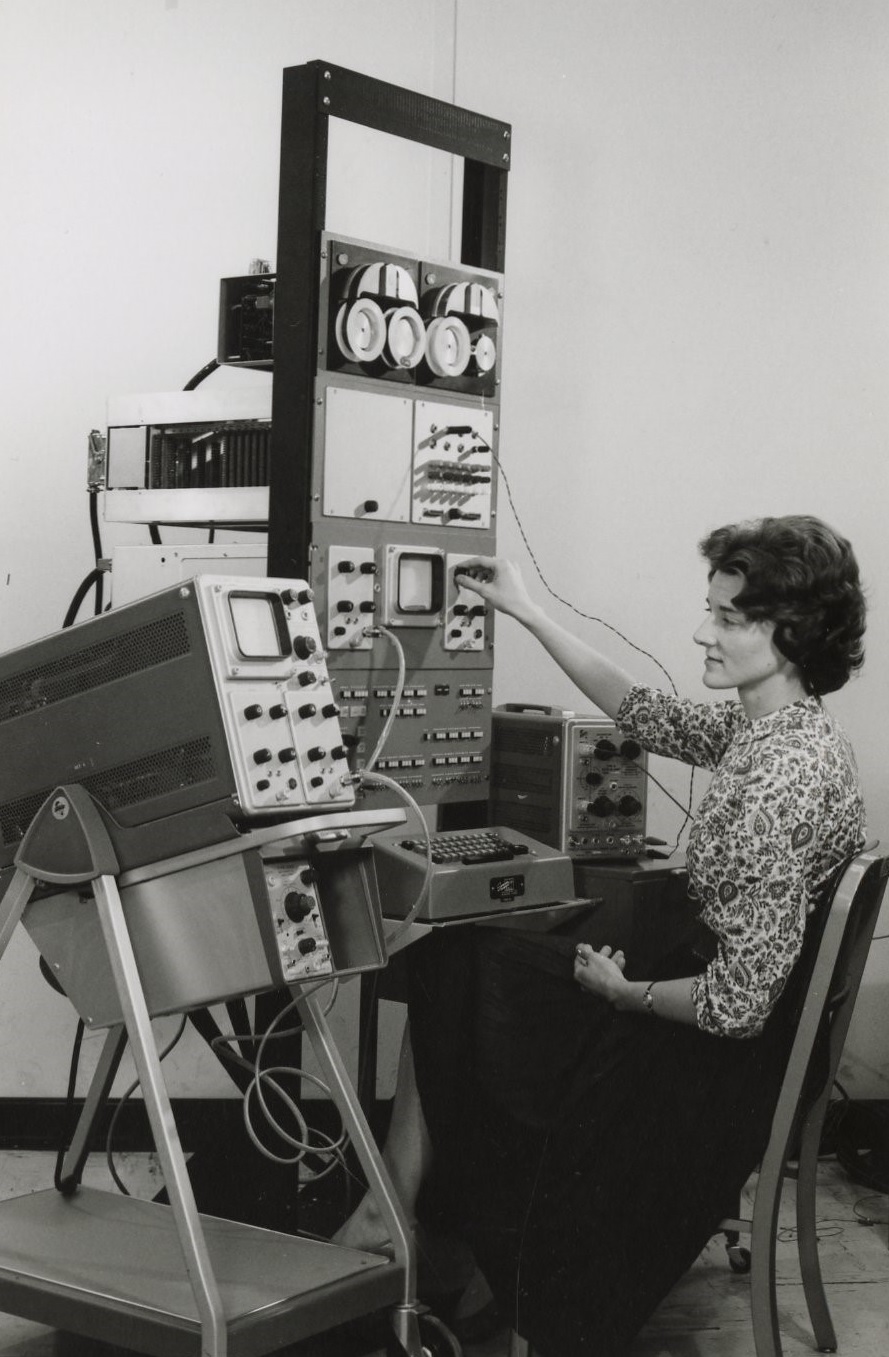
Mary Allen Wilkes: Coding champ
Mary Allen Wilkes had no plans to become a software pioneer, but her geography teacher in school encouraged her to pursue the path. By the time she was graduating from Wellesley College in 1959, she recalled her junior high school teacher’s suggestion. The Massachusetts Institute of Technology had a few computers, so on the day of her graduation, she visited MIT looking for a job as a computer programmer. Wilkes was in.
Though she had no experience in computer programming, she had studied symbolic logic, which can involve creating arguments and inferences by stringing together and/or statements in a way that resembles coding.
She first worked on the IBM 704, which required her to write in an “assembly language”. In 1961, she was assigned the project LINC, one of the world’s first interactive personal computers and it was “small” enough to fit in a single office. It was easier to programme and had its own keyboard and screen. Wilkes was required to write the software to let a user control the computer in real time.
But she always wanted to be a lawyer and in 1972, she applied and got into Harvard Law School. She spent the next four decades as a lawyer.









































